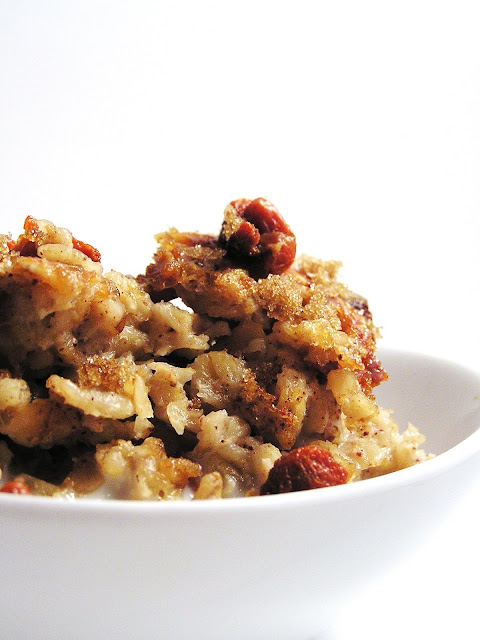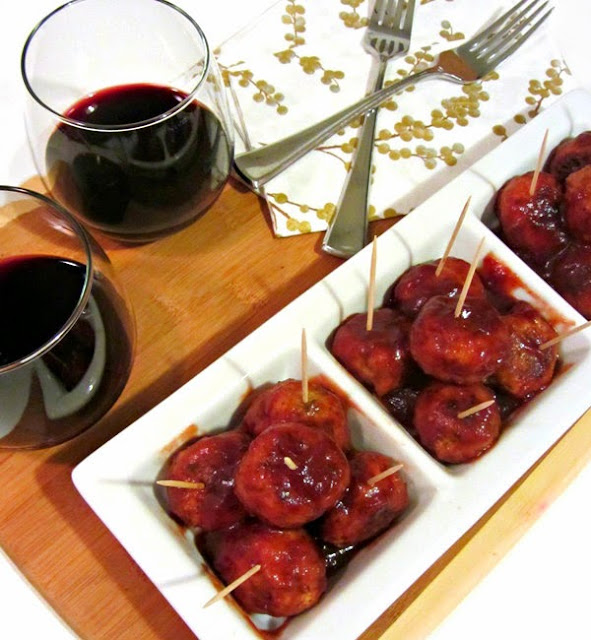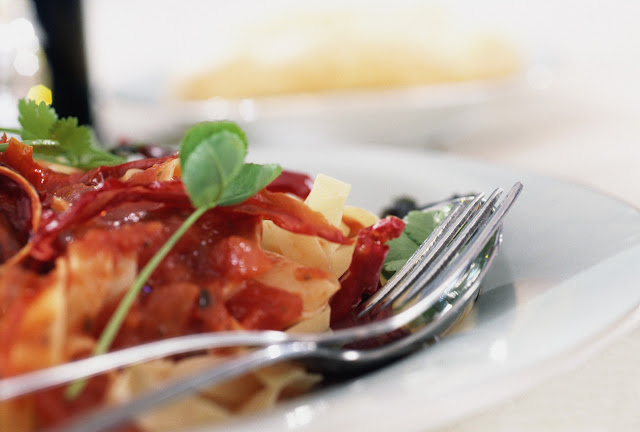Baked Oat Breakfast Pudding
The Recipe
Ingredients:
6 cups rolled oats (not quick oats)
2 1/4 cups whole pasteurized milk – not homogenized or ultra-pasteurized
2 1/4 cups filtered water
2 tablespoons plain whole-milk yogurt
1 1/4 cups pure organic maple syrup (not maple-flavored pancake syrup)
1 cup butter or coconut oil, melted
4 eggs
4 tsp. baking powder – non-aluminum
1 tsp. Redmond Real salt or real sea salt (gray in color)
1 tsp. cinnamon
Directions:
1. Up to 24 hours before baking, combine oats with milk, water and yogurt in a bowl*. Cover bowl and let soak 8-24 hours in a warm place.
2. In the morning, combine the rest of the ingredients and pour into a greased 9x13-inch pan.
3. Bake at 375° for 45-55 minutes until lightly browned and set in the middle.
4. Serve with maple syrup and cream or half and half.
Note: This recipe makes a very large pan of oatmeal. Leftovers can be cut into squares and refrigerated or frozen. Can be eaten cold like a bar cookie or reheated.
Variations:
Raisins: Add 1 c. raisins when you prepare the oats to soak the day before.
Nuts: Add 1 c. pecans, walnuts or another nut of choice to batter before baking.
*A Real Food Lesson:
Oats are soaked to remove the anti-nutrients, specifically something called phytic acid. Phytic acid is in all seed-type foods. It protects the viability of the seed so that when it is planted, it still has locked within it all the nutrition it needs to feed upon while its roots are setting down. Within the first few hours of being in the ground, the phytic acid in the seed also draws minerals from the ground to the seed, another needed element for the health and productivity of the plant. After the seed has been in the damp ground for 7 hours, the phytic acid is neutralized and the nutrients are released to feed the sprouting seed.Phytic acid left in the seed (we harvest the oat seed and it is rolled to flatten, thus rolled oats), acts the same way in our bodies as it does in the ground. It locks the nutrition into the oats and out of our bodies. It also acts like a magnet to bind minerals in our bodies to itself. The minerals are then flushed out through elimination.
Farmers, before the industrial revolution, tied their bundles of oats or wheat or other grain into sheaths and left these bundles in the field for a few nights, allowing the dew to settle on the grain. This process neutralized the phytic acid. The grain was then taken to the miller and ground into flour. Since this is no longer happening, soaking the oats in a bowl, in essence, accomplishes the same thing.







I'm making this one today for Frankie! It's such a healthier and less expensive alternative to the muffins from Costco that he likes to take with him for breakfast. He leaves the house sometimes as early as 5am so he loves to have things he can just grab and eat when he's more awake. When you first put this receipe up on your blog I made it for him on a Monday and devided it into bags for each morning of the week. He loved it! I don't know why I got away from making it but I'm going to start back up. I've been looking for ways to tighten up our budget a bit!
ReplyDeleteThanks Sharon!
Love,
Anne